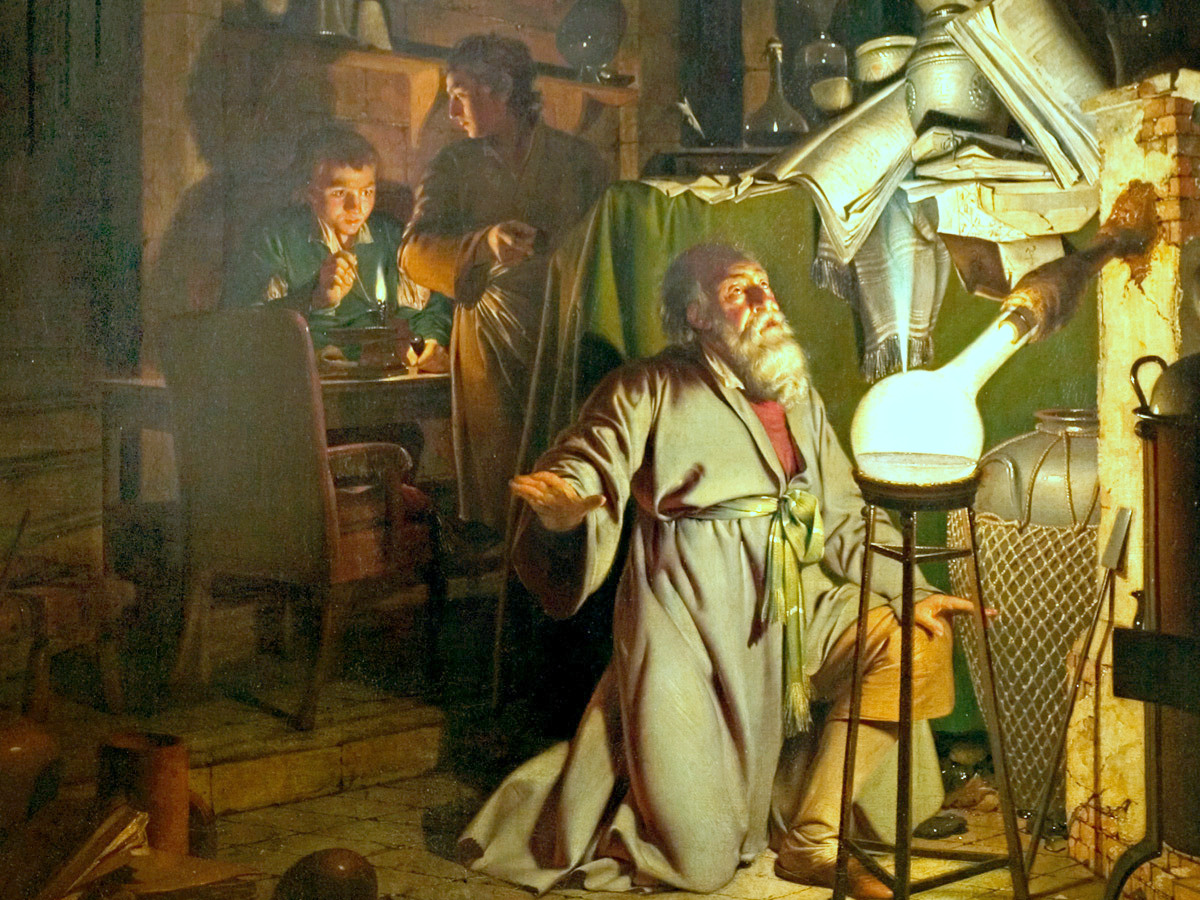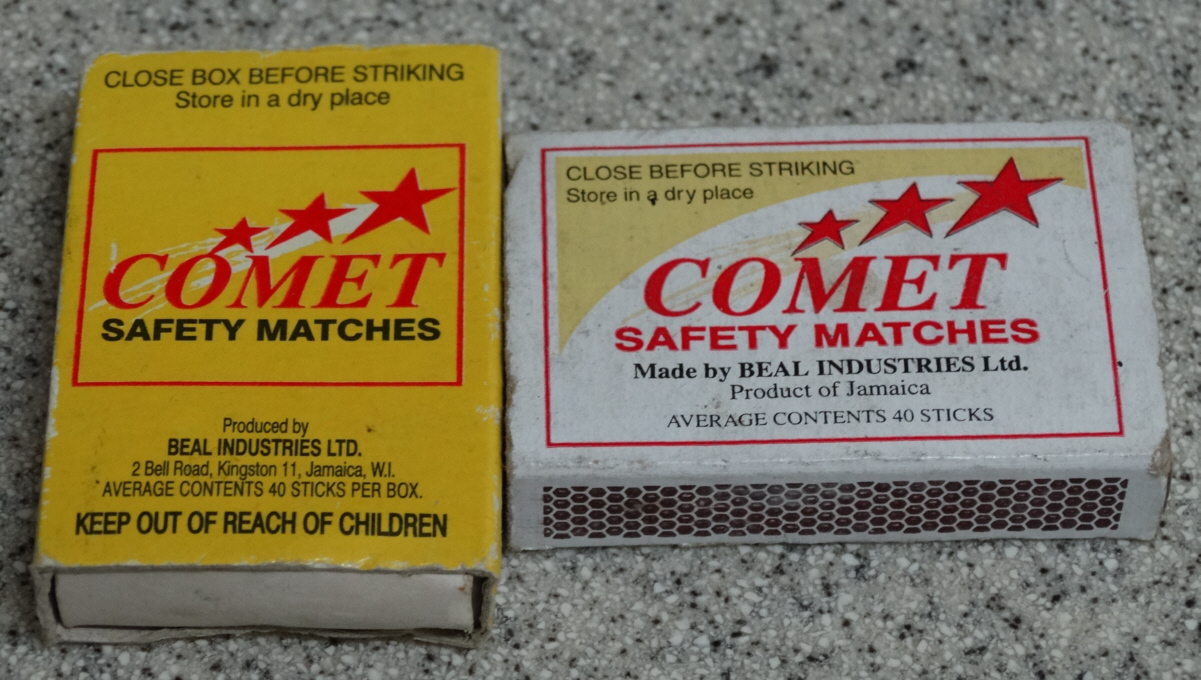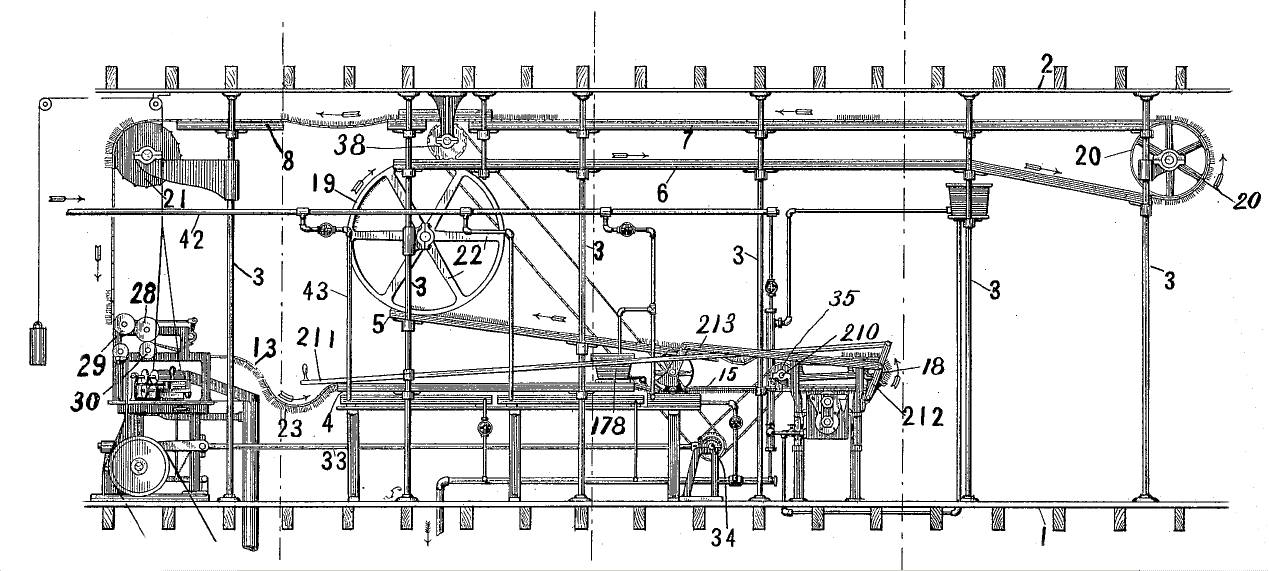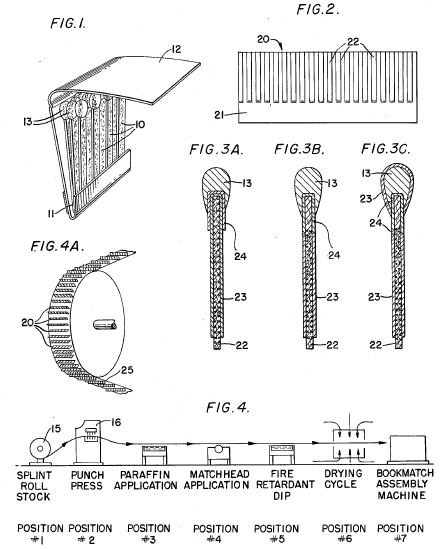
"The Alchemist in Search of the Philosopher's Stone" (1771)
A depiction of the discovery of the element phosphorus by German alchemist Hennig Brand in 1669.
Painted by Joseph Wright (3 September 1734 - 29 August 1797), styled Wright of Derby.
A flask in which a large quantity of urine has been boiled down, is seen bursting into light as the phosphorus, which is abundant in urine, spontaneously ignites in air.




 Return to Chemistry,
UWI-Mona, Home Page
Created and maintained by Prof. Robert J.
Lancashire,
Return to Chemistry,
UWI-Mona, Home Page
Created and maintained by Prof. Robert J.
Lancashire,